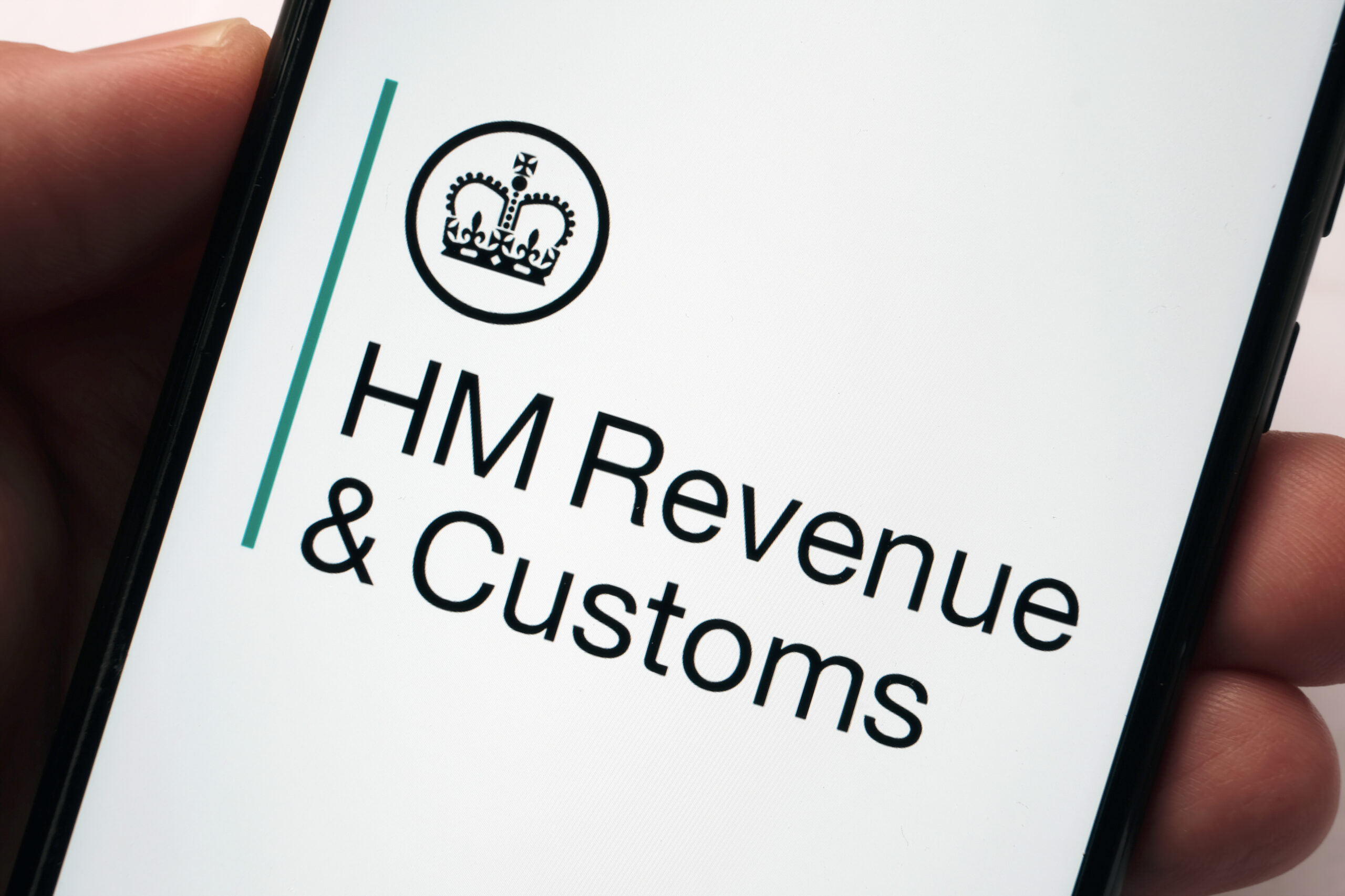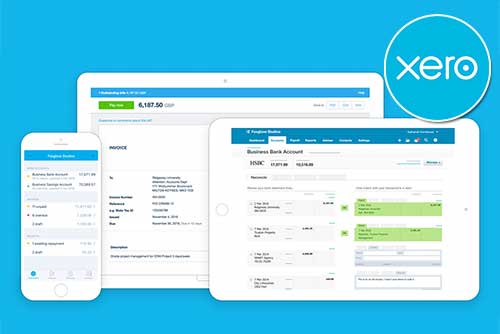What is Turnover: A Comprehensive Guide
This guide is designed to provide a clear understanding of turnover in a business context. We’ll explore the implications of turnover for tenants in commercial real estate and its relationship with VAT. We’ll delve into the delicate balance between turnover and expenses, offering strategies for optimising turnover while reducing costs.
Defining Turnover in a Business Context
In business, the term ‘turnover’ carries significant weight. It’s a term that’s often interchanged with ‘sales,’ but it’s important to understand that these two are not identical. Turnover, in its simplest form, is the total income a business generates over a specific period, encompassing all sales of goods and services.
However, the same word is often used in the context of staff changes, particularly in larger companies. It’s essential to distinguish between these two types of turnover to avoid confusion.
Turnover vs Sales: Understanding the Difference
The terms ‘turnover’ and ‘sales’ are often used interchangeably, but they carry distinct meanings.
- Turnover encompasses the total income a business generates over a specific period. This includes all sales of goods and services, but it’s not limited to these. It’s a comprehensive measure of a company’s financial activity, reflecting the overall health of the business.
- Sales refer specifically to revenue generated from selling goods and services. They are a component of turnover but don’t account for all the income streams a business might have. For instance, a company might earn income from investments or rental properties, which would contribute to turnover but not to sales.
Understanding this distinction is crucial for accurate financial analysis and strategic planning.
The Role of Turnover in Business Operations
Turnover plays a pivotal role in business operations, acting as a key indicator of a company’s financial health. However, turnover isn’t just about the numbers. It’s also about understanding the dynamics of your business. A high turnover might indicate a thriving business, but it could also suggest a high volume of low-value sales.
Conversely, a lower turnover might not necessarily mean your business is underperforming. It could be a sign of a business model focused on fewer high-value sales. Understanding the role of turnover in your business operations is about more than just knowing your total revenue — it’s about understanding the story behind the numbers.
How to Calculate Business Turnover
The process of calculating turnover isn’t as straightforward as it may seem. It requires a keen understanding of its components and a meticulous approach to ensure accuracy, as even a slight miscalculation could lead to legal complications, especially when it comes to tax returns and VAT registration.
Let’s demystify the process and provide a step-by-step guide to help you accurately calculate your business’s turnover.
Step-by-Step Guide to Calculating Turnover
- Step 1 – Gather all your sales records for a specific period, typically a year.
- Step 2: Ensure these records are accurate and complete, as they form the basis of your turnover calculation.
- Step 3 – Add up all these sales figures to arrive at your total turnover.
Remember, turnover isn’t just about the number of sales but the total value of those sales. It’s a simple process but one that requires precision and attention to detail.
The Impact of Turnover on Profit
Turnover, a fundamental metric in business, plays a significant role in determining profit. It’s not just about the sales figures — turnover can provide a comprehensive view of your business’s financial health, helping you identify areas of inefficiency and potential growth.
Understanding the impact of turnover on profit measures can be a game-changer for your business. It can help you set realistic profit goals, attract investors, and make your business more financially efficient. Let’s explore how turnover can influence your profit measures and help you set strategies for increasing your profit margins.
The Relationship Between Turnover and Profit
Turnover and profit are two financial metrics that are closely intertwined. The relationship between them is key in determining the financial health of a business.
Turnover — the total income of a business over a certain period — serves as the foundation for profit measures. It’s the starting point from which all costs and expenses are deducted to arrive at the net profit.
However, a high turnover doesn’t always equate to high profits. If a business has high operating costs, the net profit could be low despite a high turnover. This is why it’s essential to focus not only on increasing turnover but also on managing costs effectively.
Businesses can make informed decisions to improve their financial efficiency by understanding the relationship between turnover and profit.
How Increasing Turnover Can Boost Profits
Boosting turnover can significantly enhance profit. When a business increases its turnover, it essentially means it’s selling more goods or services. This increase in sales volume can lead to higher profits, assuming costs are kept under control. Remember, however, that a higher turnover doesn’t always equate to higher profits. If costs rise at the same rate as turnover, profit margins may remain unchanged.
On the other hand, if a business can increase turnover while maintaining or even reducing costs, the impact on profits can be substantial. This could be achieved through economies of scale, where increased production leads to lower costs per unit.
Alternatively, a business might boost turnover through effective marketing strategies or by entering new markets. In these scenarios, the potential for profit growth is significant. It’s clear that turnover, when managed effectively, can be a powerful tool for boosting profits.
Turnover and VAT: What Businesses Need to Know
Understanding turnover in relation to VAT is crucial for businesses. It’s not just about the cost of a product or service — it includes any amounts paid by the customer, such as shipping costs.
Turnover is calculated before subtracting fees or commissions, and it’s the figure you’ll need for your tax return and VAT registration. Misjudging your turnover could lead to over or underpayment of VAT, or even legal issues if you mistakenly believe you don’t need to register for VAT.
If your annual turnover exceeds £85,000, VAT registration is a legal requirement. Bear in mind that turnover accrues from the moment a sale is made, not when an invoice is sent or payment is received. This is a common pitfall for smaller businesses.
Understanding your turnover helps determine if you need to register for VAT, ensuring you stay on the right side of the law.
Small businesses will find this link helpful.
Managing Turnover and Expenses in Business
In business, turnover and expenses are two critical elements that can make or break your venture. Understanding and managing these aspects can be the difference between a thriving business and one struggling to stay afloat.
Turnover, the total income generated by your business, is a key indicator of your business’s financial health. However, it’s not just about bringing in revenue — it’s also about managing your expenses effectively. By striking a balance between these two, you can ensure your business remains profitable and sustainable in the long run. Let’s explore some strategies to help you achieve this delicate balance.
The Balance Between Turnover and Expenses
Striking a balance between turnover and expenses is a critical aspect of financial management. Turnover is the lifeblood of any business, but it’s not just about raking in high turnover figures. The expenses incurred in generating this turnover also play a significant role in determining the financial health of a business.
If the expenses incurred to achieve high turnover are equally high, the net profit may be disappointingly low. This underscores the importance of maintaining a healthy balance between turnover and expenses. It’s not just about increasing turnover but also about managing expenses effectively to maximise net profit.
Strategies for Optimising Turnover and Reducing Expenses
To optimise turnover and reduce expenses, you must scrutinise every aspect of your business operations. Start by examining your supply chain. If your gross profit is low compared to your turnover, renegotiating contracts with suppliers might be a viable strategy. This could potentially lower the cost of your sales, thereby increasing your gross profit margin.
On the other hand, if your net profit is low as a proportion of your turnover, it might be time to streamline your business. Look for savings on administrative expenses and ensure you’re claiming all your business’s allowances. These strategies can help you optimise your turnover and reduce expenses, leading to a healthier bottom line.
The Importance of Understanding Turnover in Business
Understanding turnover in business is a critical aspect of managing a successful enterprise. In different business scenarios, such as commercial real estate or VAT considerations, turnover takes on unique roles and implications. Therefore, it’s essential to grasp these nuances to navigate the business landscape effectively.
Turnover is a multifaceted concept that, when understood and managed well, can significantly contribute to a business’s financial health and growth.

















